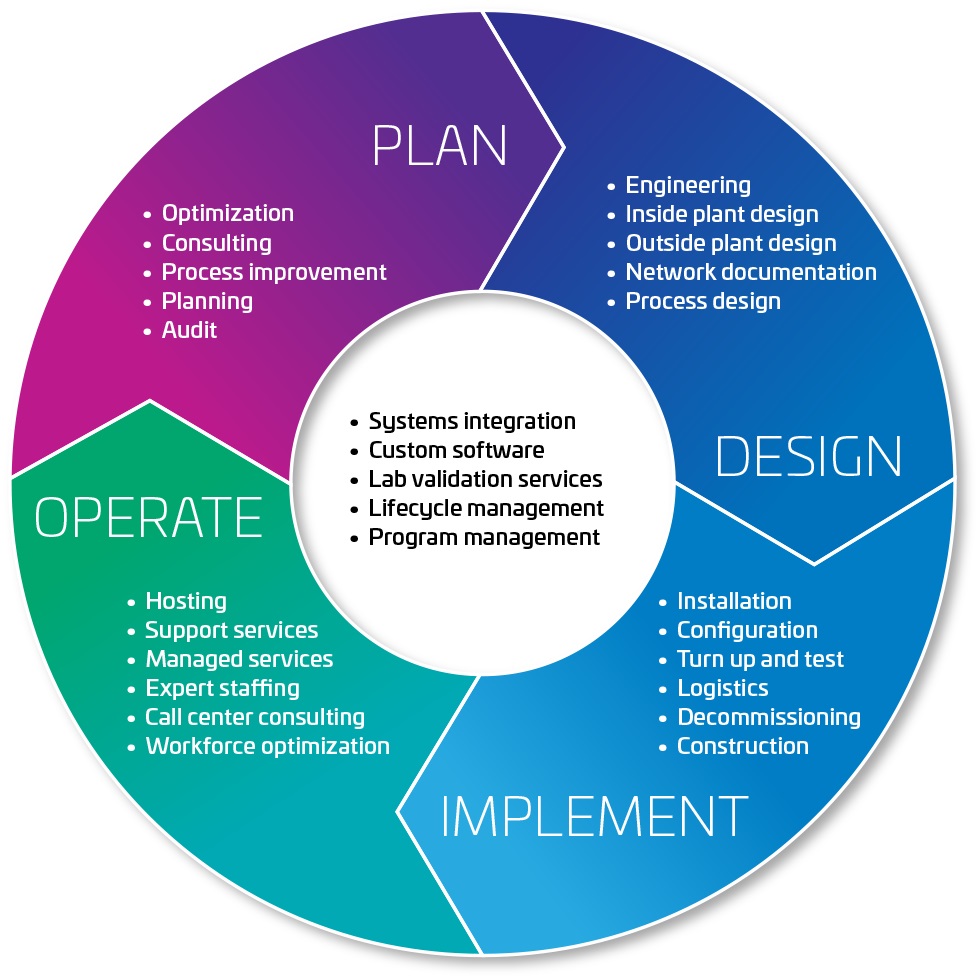 This blog post is part of a series called “CommScope Definitions” in which we will explain common terms in communications network infrastructure.
This blog post is part of a series called “CommScope Definitions” in which we will explain common terms in communications network infrastructure.
Network Functions Virtualization (NFV) is a new approach to the deployment of services and applications in carrier networks. Historically, each network function– routers, firewalls, deep packet inspection, 4G baseband units, session border controllers, etc.–has been implemented using a dedicated network appliance.
The use of these different appliances has some major disadvantages:
- Expensive
- Many different dedicated appliances to maintain
- Hard to determine upfront required capacity
- Slow to deploy
NFV is a technology that aims to resolve these pain points by implementing network functions in software and running them on a common hardware infrastructure.
This removes the need for dedicated appliances, in a similar way the smartphone made series of specialized devices like calculators, cameras, watches and game computers disappear out of our lives. They were all replaced by smartphone apps that simply share the same screen, compute power and storage on a single device. Switching between applications and installing new ones is fast and easy. And the pace of development and innovation is tremendous with new apps becoming available every day.
Operators seek to achieve these same benefits with NFV; a greater flexibility and agility to deploy new services, and an increased the pace of innovation without requiring the development of new dedicated appliances.
When applied at a network scale, virtualization also brings elasticity by pooling the common hardware infrastructure and shifting workloads around–in particular when used in combination with Software Defined Network (SDN). For example, heavy mobile traffic because of a sporting event may use up to 80 percent of the CPU processing one night, while the next morning the same hardware (but different app) is busy fending off a hacker launching a denial of service attack.
Key Takeaway: NFV replaces traditional network appliances by their virtualized software equivalents. This enables service providers to use standardized hardware infrastructure in resource pools, with the ability to scale up and capacity based on the demand, and increase speed of deployments of new applications and services.











